
In the picture, the viewer sees a girl depicted from the back. She sits in a chair with a straight high back. The girl has a simple white dress with a wide neckline. One shoulder is bare. Attention attracts the hairstyle of the girl. She has dark chestnut curly hair collected from behind; they fall on their backs with three skillfully laid locks, which are drawn with extraordinary thoroughness and scrupulousness.
The viewer does not see the face of the girl, but can trace the direction of her gaze. Before her eyes, the landscape of the Spanish town opens: low houses with triangular roofs, bright plastered walls, cut by narrow window-loopholes.
The overall color scheme of the picture is soothing, soft. The sky is not bright blue, as if in a haze from the heat. White, light beige, caramel – these colors prevail in the picture. The warm shade of the girl’s skin is in harmony with the colors of the landscape.
The model was the artist’s younger sister, Anna Maria. Before the appearance of Gala in the life of Salvador Dali, his main model was exactly his sister. In childhood and adolescence, their relationship was very warm. This picture was recognized by contemporaries – both critics and artists. In particular, it was highly appreciated by Pablo Picasso. In a manner close to the works of old masters of the Renaissance – such as Vermeer, Fabricius and de Hooch. On the canvas of Dali, human figures are often devoid of faces.
Characters of paintings either sit, turning away, or cover their faces with their hands, or the head remains behind the cut picture. Although Dali had a brilliant painting technique, as the portraits of his brush say. Perhaps, he set himself a more difficult task: to convey the mood of the character and the atmosphere of the picture at the expense of other expressive means: poses, entourage, a combination of symbols.
 Dali, turning his back, writes a portrait of Gala by Salvador Dali
Dali, turning his back, writes a portrait of Gala by Salvador Dali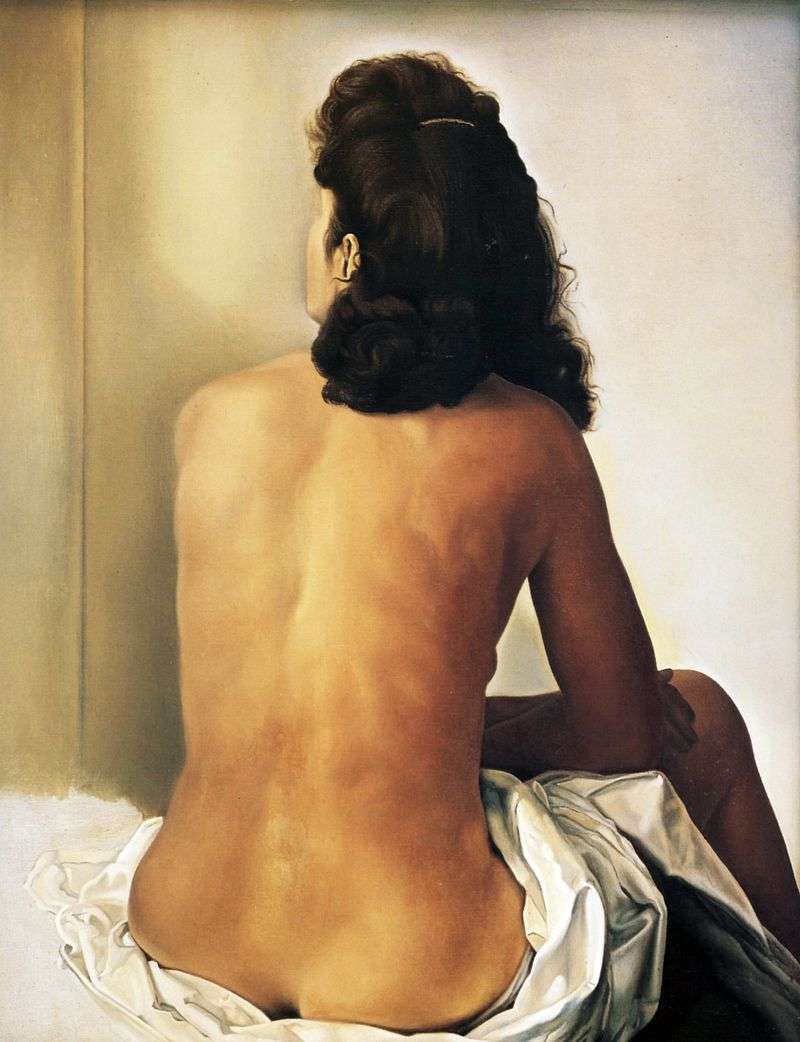 Nude Gala sitting with her back by Salvador Dali
Nude Gala sitting with her back by Salvador Dali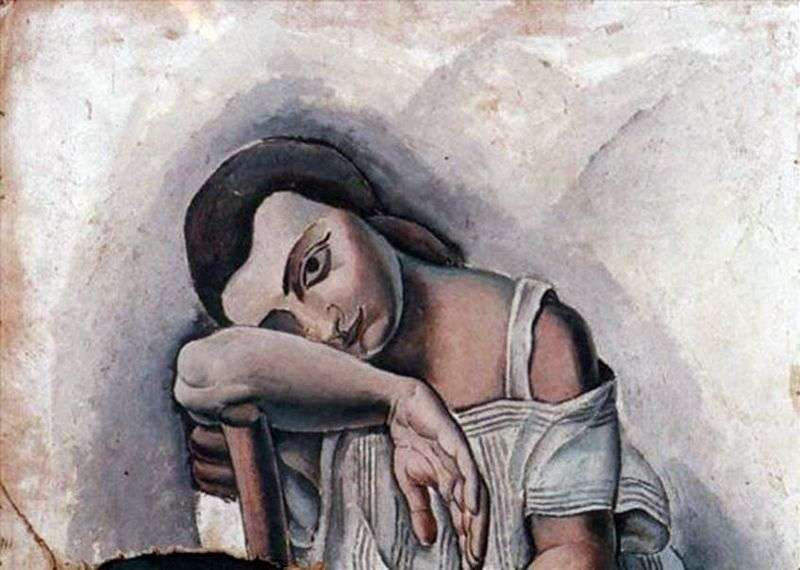 Portrait of Anna Maria by Salvador Dali
Portrait of Anna Maria by Salvador Dali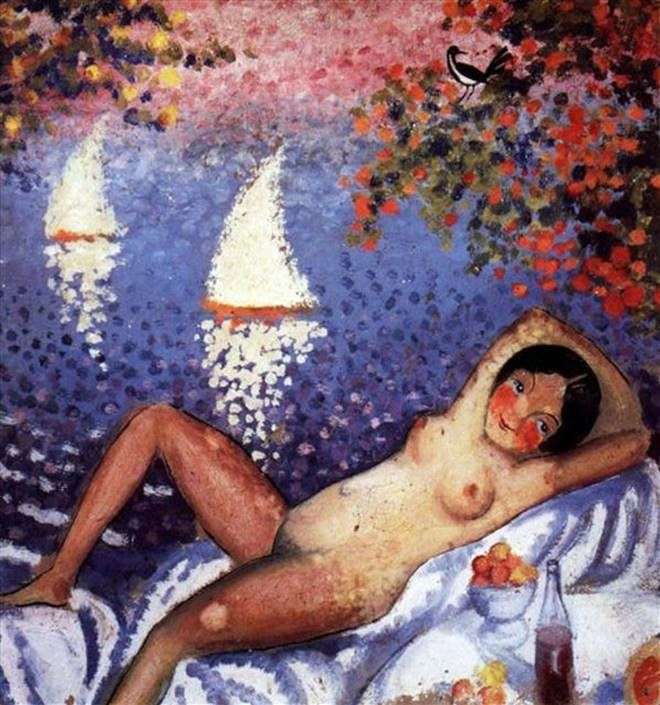 Nude in the background of the landscape by Salvador Dali
Nude in the background of the landscape by Salvador Dali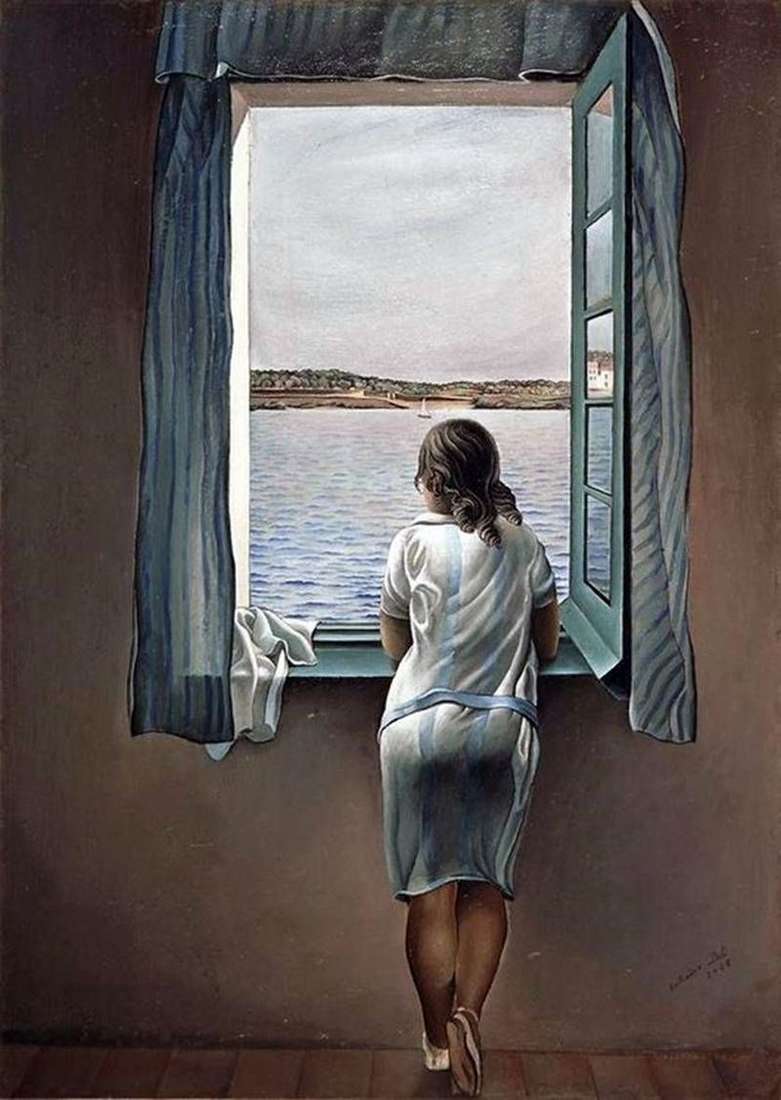 The girl at the window by Salvador Dali
The girl at the window by Salvador Dali Madame Reese by Salvador Dali
Madame Reese by Salvador Dali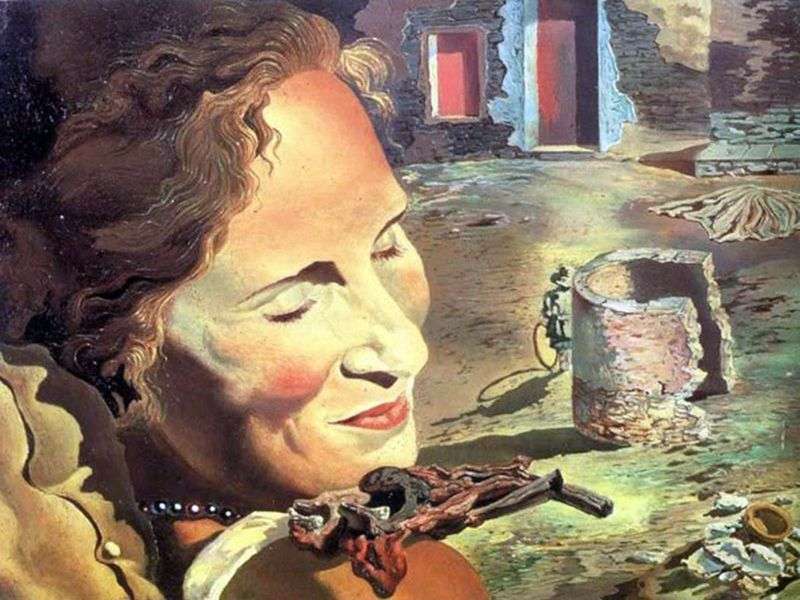 Portrait of Gala with two ribs of lamb balancing on her shoulder by Salvador Dali
Portrait of Gala with two ribs of lamb balancing on her shoulder by Salvador Dali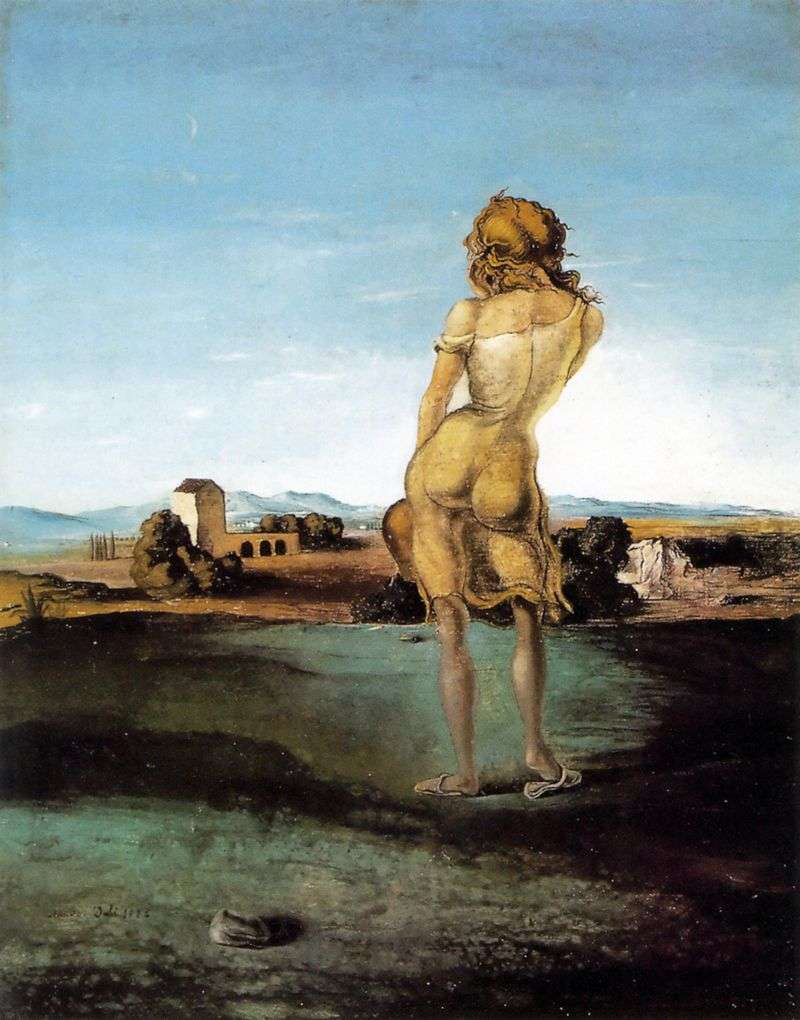 A girl from Ampurdan by Salvador Dali
A girl from Ampurdan by Salvador Dali